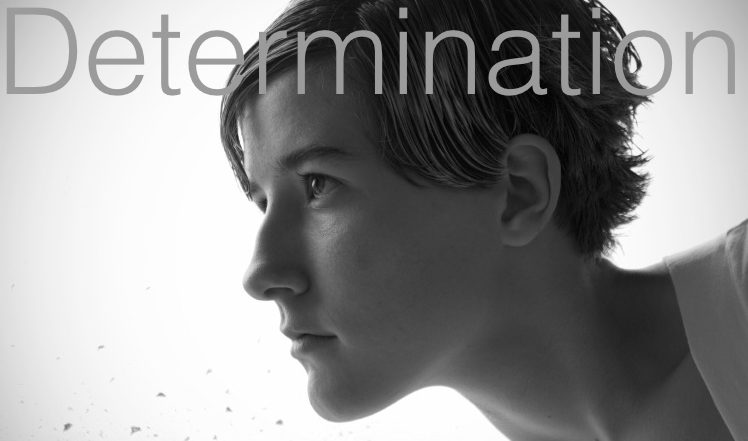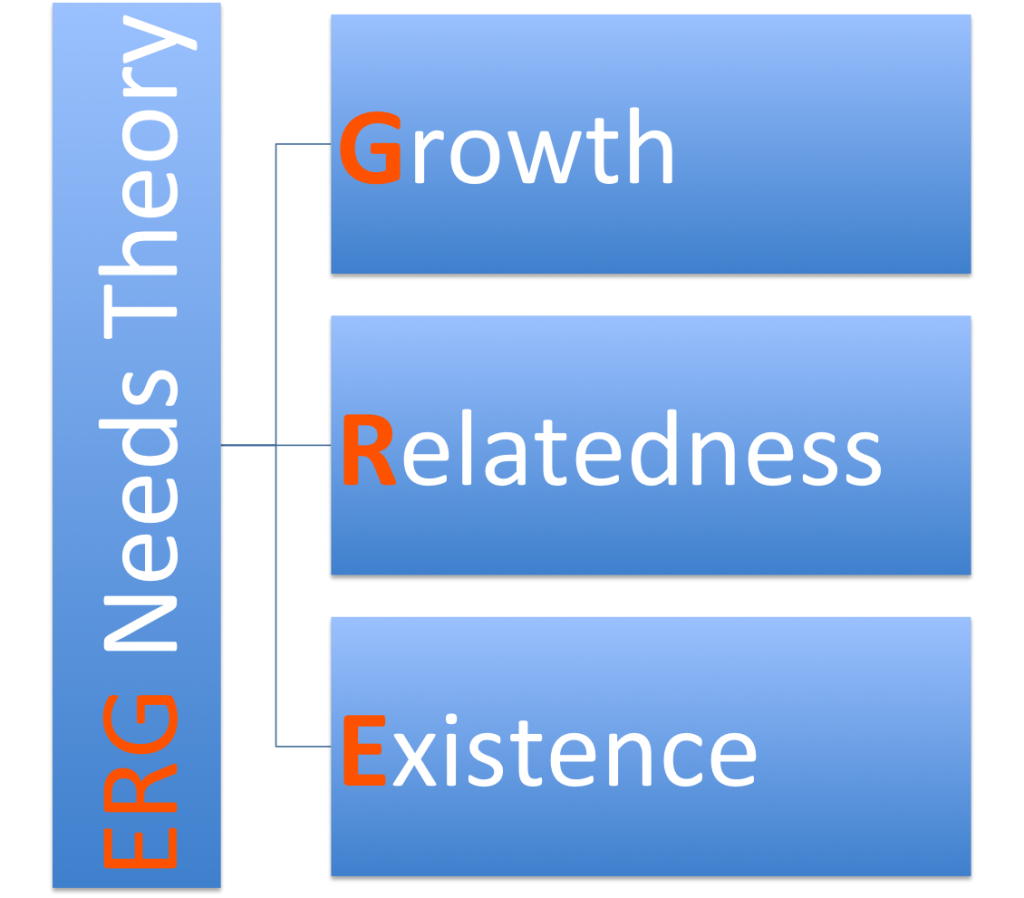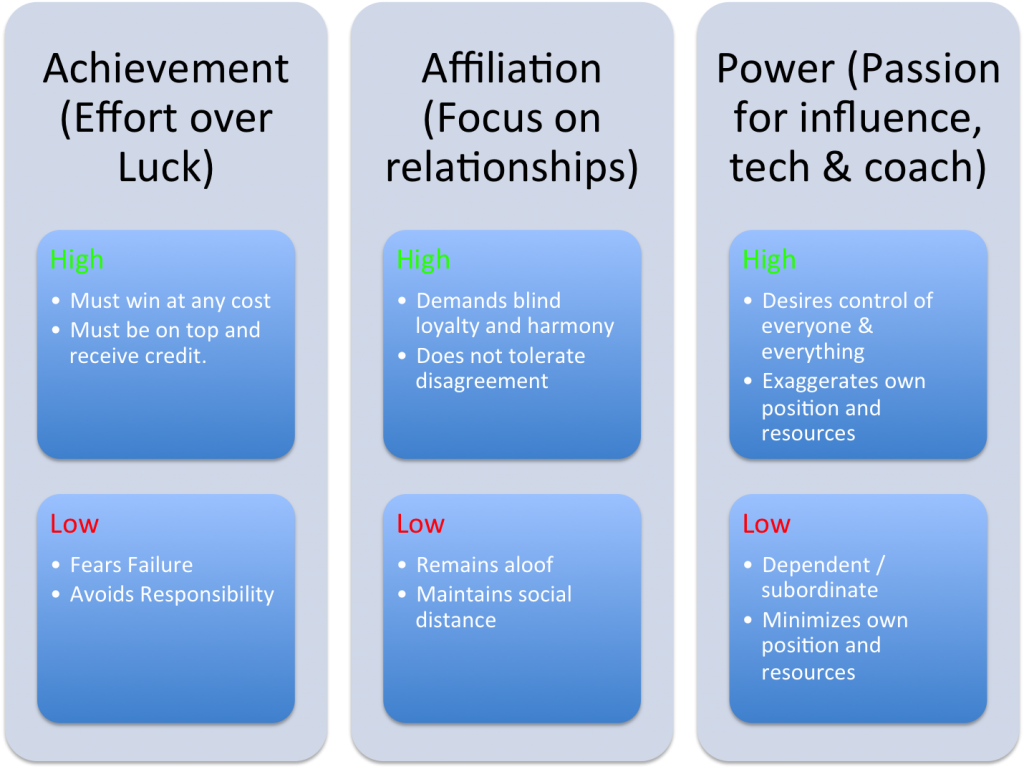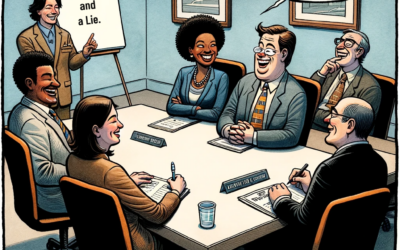What are your needs?
In the realm of leadership, recognizing and addressing the diverse needs of team members is crucial. This post, inspired by my recent exploration of Penn State’s Wiki on Need Theories. It aims to shed light on how different need theories can enhance our understanding of team dynamics.
Understanding Team Needs in Leadership: Maslow’s Hierarchy of Needs
Abraham Maslow’s well-known theory suggests that humans prioritize lower-order needs (like safety and physiological needs) before higher-order needs (such as social, esteem, and self-actualization). For leaders, understanding this hierarchy can be key in recognizing what drives team members at various stages.
Maslow knew that there were exceptions to his theory, but it has largely withstood the test of time and become, in many ways, the benchmark:Although most psychologist would agree the model is dated today even though it is abondently used.
Applying Alderfer’s ERG Theory in Team Leadership
Clayton P. Alderfer’s ERG Theory, while influenced by Maslow, proposes that lower-order needs don’t necessarily have to be satisfied before pursuing higher-order needs. The ERG model – Existence, Relatedness, and Growth – offers a more flexible approach to understanding team needs in leadership.
Existence Needs: Physiological & Safety Needs.
Relatedness Needs: Social relationships and external esteem
Growth Needs: Internal esteem and self-actualization
Alderfer understood that progress doesn’t always go forward. In other words, just because a need is met doesn’t mean that it’s met forever or that flaws don’t develop. Bear in mind, too, that some growth might lead to satisfaction, but further growth might actually lead to frustration—frustration born perhaps from the realization of how much growth still remains. This particular condition is called Frustration-Regression (Redman 2010).
McClelland’s Need Theory: A Tool for Effective Leadership
McClelland’s Need Theory, known for its empirical backing, categorizes needs into Achievement, Authority/Power, and Affiliation. This model can be particularly helpful for leaders aiming to tailor their approach to the individual motivations of their team members.
Achievement Motivation (nACH) – Those with a high need for achievement are attracted to situations offering personal accountability; set challenging, yet attainable, goals for themselves; and desire performance feedback. (Stuart-Kotze, 2009)
Authority/Power Motivation (nPOW) – Individuals with a need for authority and power desire to influence others, but do not demonstrate a need to simply have control. These individuals possess motivation and the need to increase personal status and prestige.
Affiliation Motivation (nAFF) – Finally, those with a need for affiliation value building strong relationships, admire belonging to groups or organizations, and are sensitive to the needs of others. (Stuart-Kotze, 2009) This type of person is a team player and wants to be respected and liked.
Figure: Distribution of Need Behaviors, Typical behaviors associated with motivational type. (Adapted from Swenson, 2000)
Because of its empirical nature, McClelland’s Needs Model has gathered greater acceptance from those who value quantitative support than the other two theories.
How These Models Guide Effective Leadership
While each model offers a different perspective, they all emphasize the importance of understanding and addressing team needs in leadership. Whether through Maslow’s hierarchy, Alderfer’s ERG model, or McClelland’s categories, considering the various needs of your coworkers. These can significantly impact their satisfaction, self-worth, and decision-making.
Conclusion: Choosing the Right Model for Your Leadership Style
Each of these theories offers unique insights into team needs in leadership. Whether you resonate more with Maslow’s structured hierarchy, Alderfer’s flexible ERG theory, or McClelland’s empirical approach, the key is to integrate these concepts into your leadership strategy. You considering both your and your team’s needs.
